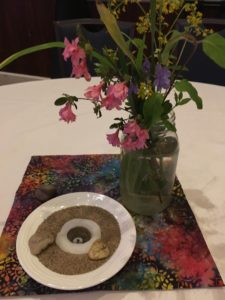
PHOTO: Mary van Balen
Centerpiece SDI Conference 2018
Originally published in The Catholic Times, June 14, 2018
Recently I attended the Spiritual Director’s International Conference in St. Louis. The keynote speakers are well-known in the area of spirituality, and I looked forward to the breakout sessions, especially one on storytelling. To top it off, travel was a road trip with a good friend filled with hours of great conversation.
After we checked in to the St. Louis Union Station Hotel—a breathtakingly beautiful example of late 19th century architecture, stained-glass windows, gold leaf, and all—and enjoyed dinner, we made our way to the ballroom that served as the gathering place for plenary sessions. In the first half-hour, we received three gifts.
Silence
First came a call for the hundreds of spiritual companions to move into prayerful silence—not the usual kickoff activity for a large conference. Quiet prayer is a common thread found at the heart of all faith traditions, and it was integral to the entire weekend, repeated not only at every whole group gathering, but also at most of the breakout sessions.
Silence to quiet our “monkey-minds,” filled with thoughts crashing around in our heads. For five or ten minutes or longer, we acknowledged and released the interior noise and sank into precious moments of true silence, being still in Holy Presence.
In a world of noise, confusion and conflict it is necessary that there be places of silence, inner discipline and peace. In such places love can blossom. Thomas Merton
In Silence God ceases to be an object and becomes an experience. Thomas Merton
Music
And then there was song. To be honest, I don’t remember what music opened the conference. Over the weekend we experienced many types: hymns and chants, instrumentals, songs that washed over us and songs that invited us to join in. I do remember the sense of joy that gently filled me as I sat that first evening, slowing down from the trip and settling in, emerging from silence and feeling music lift my spirit.
Music can be part of everyday life. We turn on the radio, stream songs from an app, or plug in our playlist. Often music is background sound. Our attention is elsewhere: Driving to work or fixing dinner. That’s good, but intentional experience of music is different, whether you’re singing, playing, listening, or moving to it.
Recently, a dear friend came to visit and brought a small book I had made for her years ago holding songs I’d written over decades, guitar chords and all. She asked me to sing them.
I slid a dusty guitar case out from under my bed, tuned the instrument and began to sing my way through the book. Surprise! Despite a few pesky chords, I remembered them all. Prayer.
Instead of enjoying a snippet of a favorite symphony while driving from here to here, once on retreat, I listened to it from beginning to end, eyes closed, focusing on nothing else. Transporting.
All of creation is a song of praise to God. Hildegard of Bingen
I play the notes as they are written, but it is God who makes the music. Johann Sebastian Bach
I mean to sing to Yahweh all my life. I mean to play for my God as long as I live. Psalm 104
Beauty
Next our attention was directed to the flowers on stage and the lovely centerpieces on each table. Early spring wildflowers, a single twig from a flowering tree or shrub, and a bit of green artfully placed in a clear mason jar. It sat on a square of interesting fabric and was surround by a few smooth stones and a small bowl holding sand and a single candle.
All had been gathered from her land and arranged simply by the woman responsible for “beauty” at the conference.
Beauty. In creation. In artifacts. In candlelight. In the people around the tables. It is good to be reminded to notice the beauty in our world, to celebrate it, to create it.
The fullness of Joy is to behold God in everything. Julian of Norwich
The Word is living, being, spirit, a verdant greening, all creativity. Hildegard of Bingen
Three gifts given and received in the first half-hour but that would last all weekend and beyond. They are yours, too, wherever you are. Yours for the taking.
A sense of the universe, a sense of the all, the nostalgia which seizes us when confronted by nature, beauty, music – these seem to be an expectation and awareness of a Great Presence. Teilhard de Chardin
© 2018 Mary van Balen


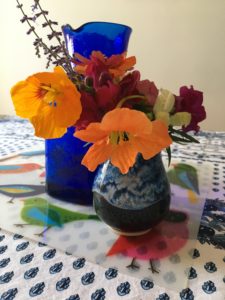



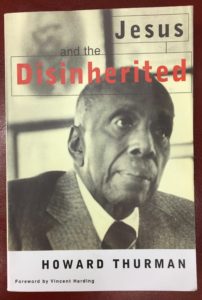 The reading from Mark’s gospel about the Gentile woman’s request for Jesus to heal her daughter possessed by a demon is one of my favorites. Jesus had slipped away from the crowds, but the woman found him and threw herself at his feet, asking for help. When Jesus answered that the children must be fed first (a reference to the Jews) and that it would not be right to throw their food to the dogs, she was undeterred. Her faith was more expansive than that, and she told Jesus so. “Even the dogs under the table eat the children’s scraps.”
The reading from Mark’s gospel about the Gentile woman’s request for Jesus to heal her daughter possessed by a demon is one of my favorites. Jesus had slipped away from the crowds, but the woman found him and threw herself at his feet, asking for help. When Jesus answered that the children must be fed first (a reference to the Jews) and that it would not be right to throw their food to the dogs, she was undeterred. Her faith was more expansive than that, and she told Jesus so. “Even the dogs under the table eat the children’s scraps.”
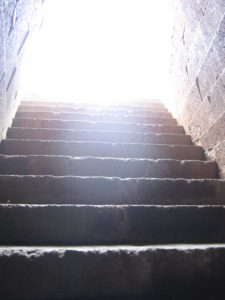
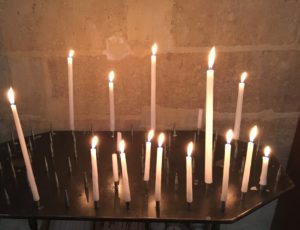
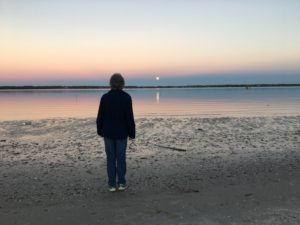

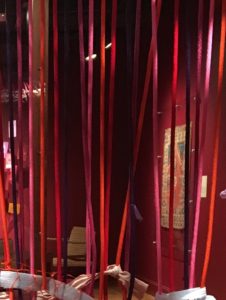
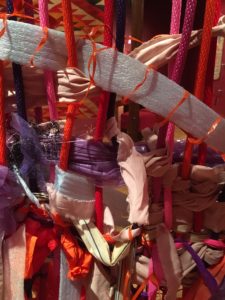
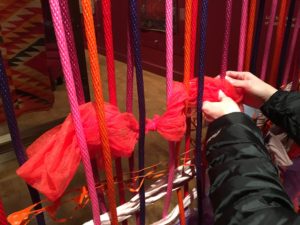

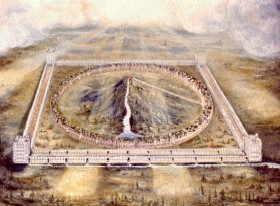


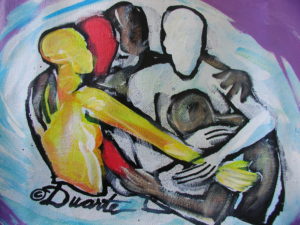

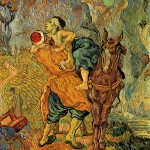
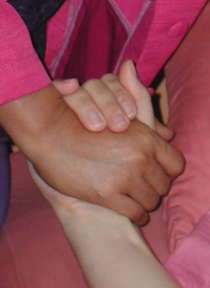 I heard him say that whatever we do to the least among us, we do to him. And when it came right down to it, when someone asked him what was most important, he had two things to say: Love God. Love your neighbor as yourself.
I heard him say that whatever we do to the least among us, we do to him. And when it came right down to it, when someone asked him what was most important, he had two things to say: Love God. Love your neighbor as yourself.

![By Gravure d'Antoine Maurin dit "Maurin l'aîné" (1793-1860) à partir d'un dessin de Louis Janmot (1814-1892) [Public domain], via Wikimedia Commons Pencil drawing of Blessed Fredric Ozanam](https://staging.maryvanbalen.com/wp-content/uploads/2017/09/Frédéric_Ozanam_2-220x300.jpg)
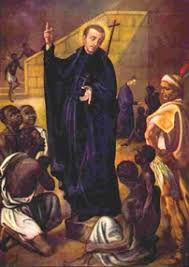



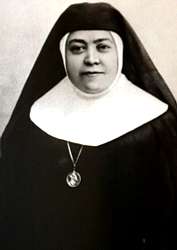 Originally published in The Catholic Times Aug. 13, 2017
Originally published in The Catholic Times Aug. 13, 2017